Laparoscopic Hysterectomy Surgery
Hysterectomy is the surgical removal of the uterus. The surgery is minimally invasive and can be performed for several reasons including but not limited to uterine, cervical, or ovarian cancer, uterine fibroids, endometriosis, heavy vaginal bleeding, or pelvic pain. Your doctor will discuss the reason why surgery is necessary for you.
What is laparoscopic hysterectomy?
There are three different ways in which a hysterectomy can be performed. Laparoscopic hysterectomy is one of the best and often recommended ways to remove the uterus.
Laparoscopic hysterectomy is also known as keyhole surgery and is often the most preferred ways to remove the uterus and other reproductive organs from a woman's body. The operation is usually done under anaesthesia.
What’s involved in the hysterectomy procedure?
There are two types of laparoscopic hysterectomy: the regular laparoscopic and robot-assisted laparoscopic hysterectomy.
Both procedures are very similar. In both types of laparoscopic hysterectomy, the surgeon will make a small incision on the lower part of your abdomen (below your belly button) and insert a small tube-like instrument with a camera. This tool is called the laparoscope, and it'll be connected to monitor. This way, the surgeon can see the inside of your body on the monitor while performing the surgery.
A gas (carbon dioxide) will be pumped into your belly to inflate it and make more rooms as well as provide a more unobstructed view for the doctor to perform the surgery. In the regular laparoscopic surgery, the surgeon will manually sever the tissues while observing his movements on a monitor. While in the robot-assisted laparoscopic hysterectomy, the doctor will make use of a robotic arm to perform the surgery. The doctor will be watching the entire procedure on a monitor while guiding the robotic arm to severe the tissues.
In both hysterectomies, your doctor will carry out a uterus and cervix removal through the vagina. If both cannot be removed through the vagina, then your doctor will make a larger incision on your abdomen and remove the uterus and cervix through the incision.
Hysterectomy involves the removal of the womb. Once your uterus is removed, you can no longer have children naturally again as the uterus is necessary for implantation after birth as well as the region for growth of the fetus. Menstruation will also stop.
Sometimes, the surgery will involve the removal of the ovaries and the fallopian tube. If the ovaries are removed, it is called a full hysterectomy and you’ll go into menopause if you have not already gone into it. After such surgery, you’ll start experiencing signs of menopause such as night sweats, dry vagina and hot flashes.
You may want to discuss with your doctor for possible medications to help with the signs of menopause if you start experiencing them.
So, what’s next?
If you would like to speak to a gynaecologist about your symptom or to enquire about laparascopic hysterectomy, we’d be happy to assist you in the process, so please contact us if you’d like to know more or book an appointment with Dr Latika Cilly.

